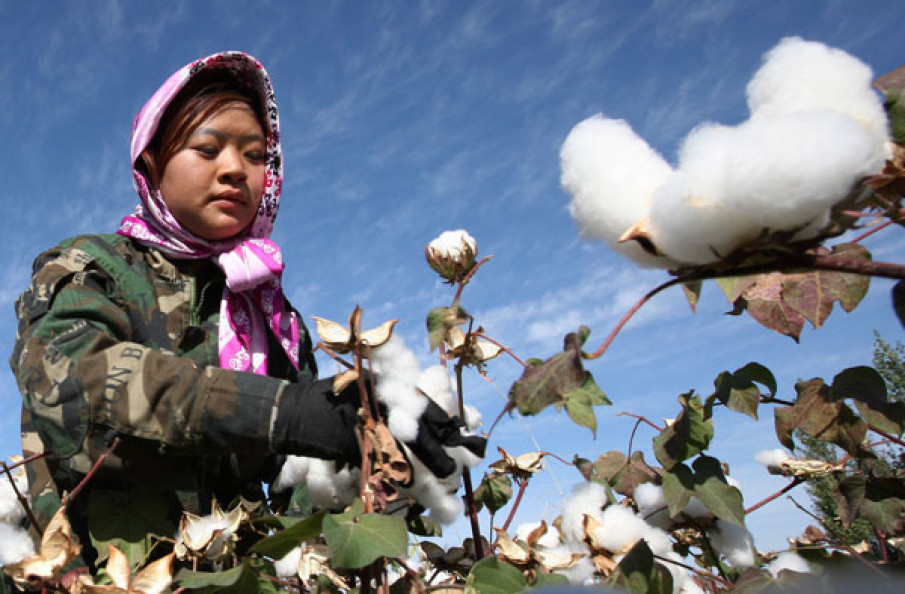2018 China state cotton auction has kicked off on March 12, and market attention has been turning to it. The policy issue, like the planned selling volumes of reserved Xinjiang cotton, is important to the market, but it is decided by the government, so we do not probe into this issue. The article mainly makes a review on the 2017 cotton auction and has a brief outlook on cotton market during the auction.
Viewed from the relationship between trading volumes and prices, the prices of reserved cotton were mainly pushed up by the active replenishment from spinning mills and traders. In the first week of the cotton auction, the mills were active to enter the market to refill stocks, leading to high transactions, and then in the middle period, the markets, no matter the futures market, or the spot market, all moved upward, and in the last, the trading volumes of reserved cotton increased significantly. Currently, mills have restarted production gradually and operating rate is climbing up after they return from the Chinese Lunar New Year holiday. The orders from downstream market in late market will have direct impact on the prices.

The major influencing factor on trading volumes of reserved cotton is the reserved Xinjiang cotton. In 2017, reserved Xinjiang cotton was almost fully transacted, with the trading proportion at above 90% or 100% per day. Besides, looking from the price spread between ZCE cotton futures and reserved Xinjiang cotton, it is also relative to the transactions of reserved cotton. When the cotton futures are low, it restricts the transactions of reserved cotton, showing the competition between reserved cotton and spot cotton.

The transactions of reserved upcountry cotton are also relative to the price spread (Zhengzhou cotton futures-reserved upcountry cotton). In the early and middle period of state cotton auction, the trading ratio of reserved upcountry cotton increased with larger price spread between Zhengzhou cotton futures and reserved upcountry cotton.

The sales of reserved cotton are also affected by the floor bidding prices, so the price spread between Chinese and international cotton will influence the sales of reserved cotton indirectly. In the first week of cotton auction in 2018, the base prices of reserved cotton are 15,118yuan/mt.

Will spot cotton prices rise? On one hand, it is affected by the planned selling volumes of reserved Xinjiang cotton, which is related to the market supply later. On the other hand, in the early and middle period of cotton auction, the major influencing factors are the trend of cotton futures, downstream orders and inventory level. Currently, the sales ratio of new cotton is lower compared to last year, and meanwhile, the cotton inventory in mills is in a normal level. So the variable is whether the orders in downstream markets will be relatively good in late market.

In the meantime, the upward pressure for cotton futures this year continues to be from the historical-high warehouse receipts. Currently, ZCE cotton futures market is relatively firm, but with the pressure of warehouse receipts, the upward potential is supposed to be limited.



